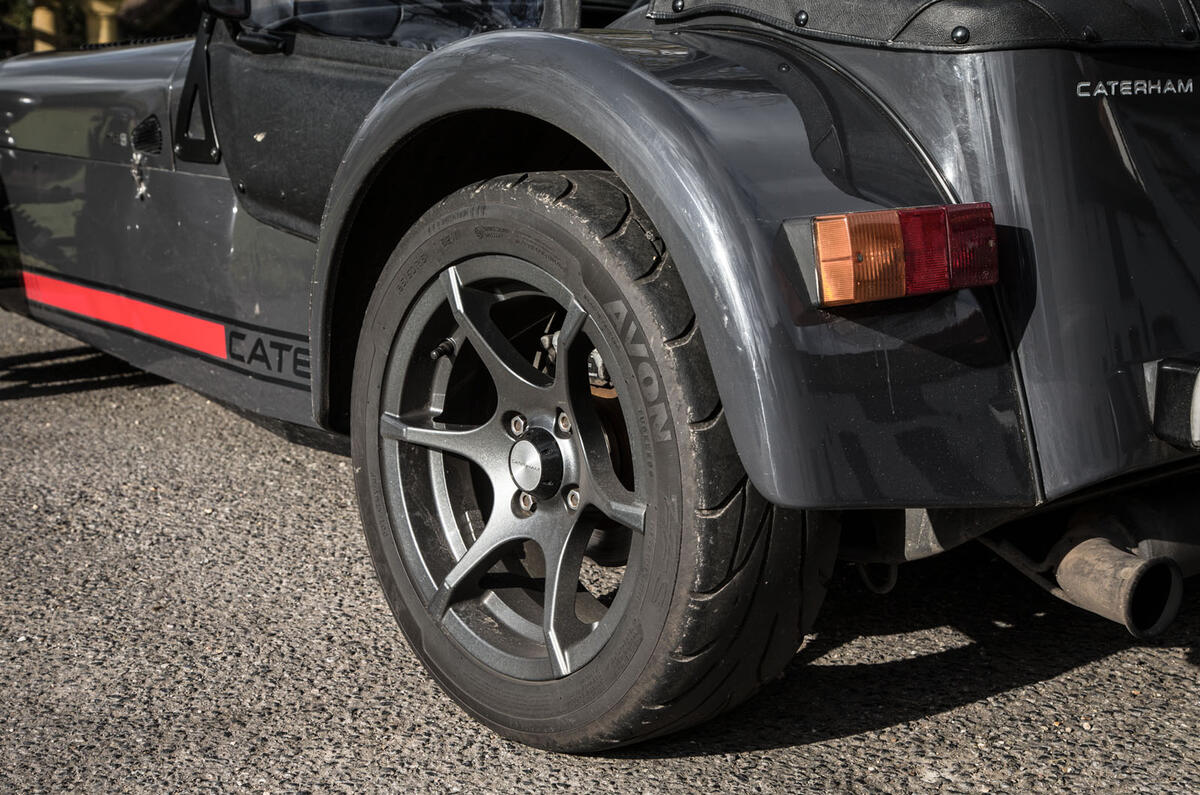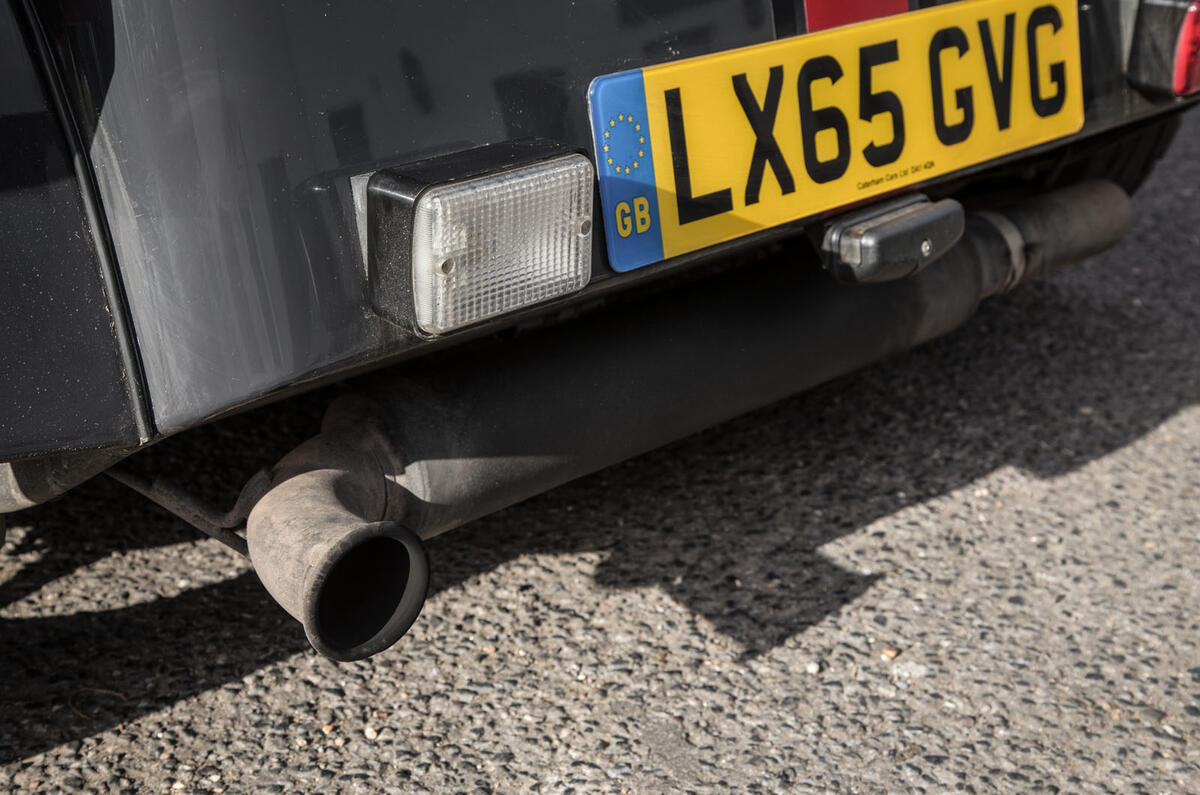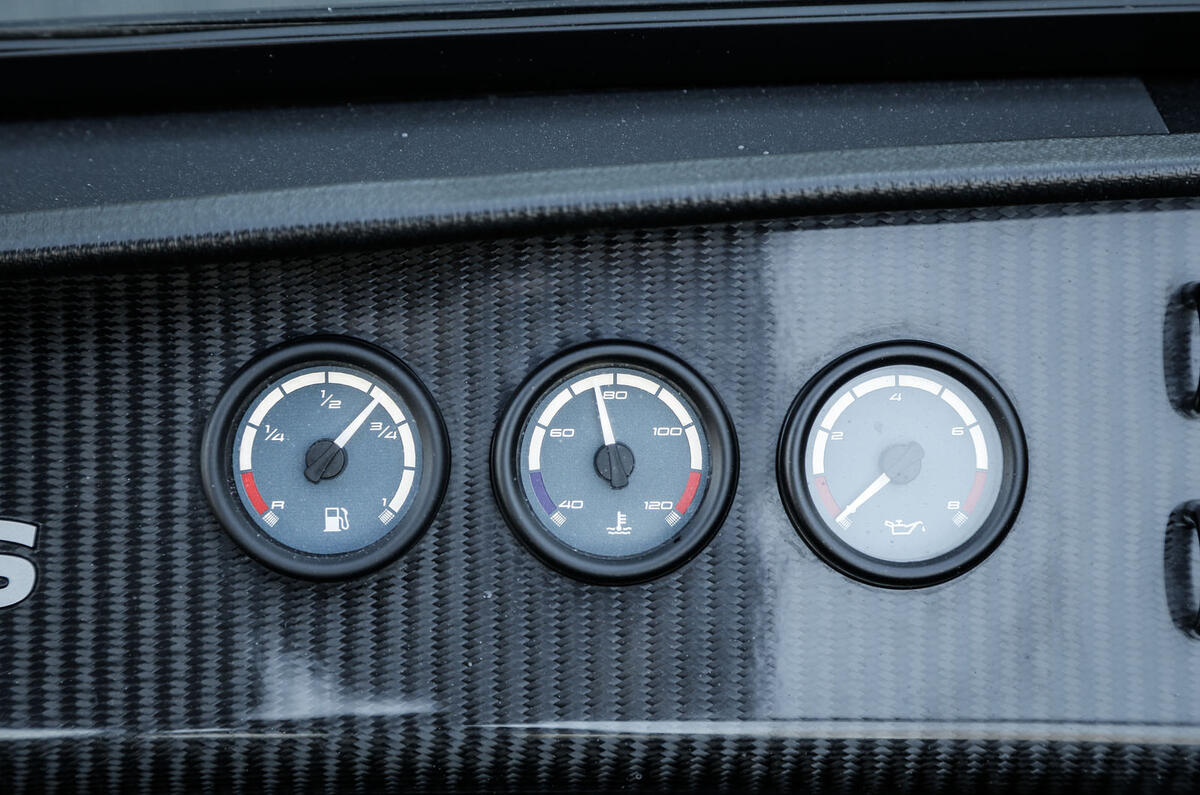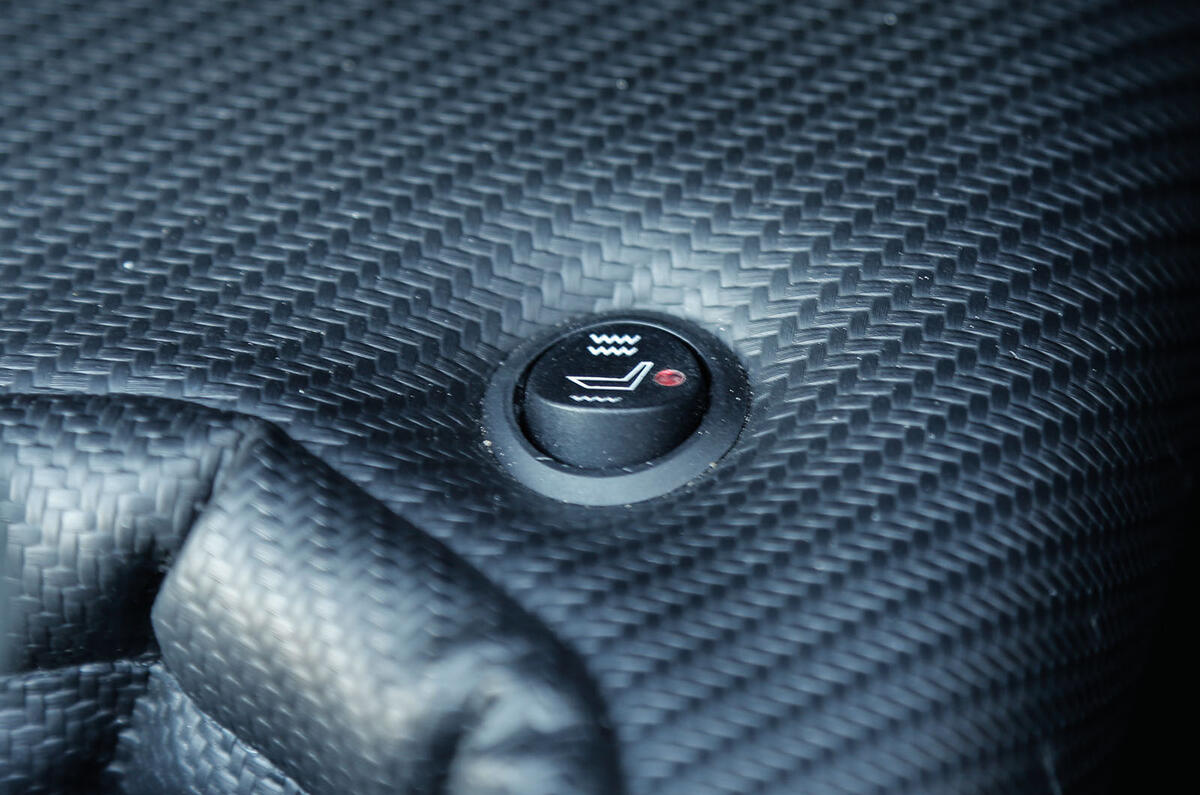When a car company’s very own website uses the phrase ‘mildly saner’, you get an idea of the kind of product we’re dealing with here.
Neither BMW nor Audi, you suspect, would advertise one of its sports car as ‘mildly saner’ than another; nor even, for that matter, would Ferrari or Porsche. Welcome to the world of Caterham. And welcome to the Seven 620S.
We’ve been waiting a little while for the 620S, which sits atop a recently revised Caterham range, whose numerals equate roughly to each model’s power-to-weight ratio, if you’re feeling a bit generous and assume a half-tonne kerb weight.
The range starts with the 80bhp 160 – the 660cc Suzuki triple-cylinder-engined model, which was the last Seven we road tested, in 2013.
Then there are 270 (1.6), 360 (2.0) and 420 (2.0) models, each with half that number in brake horsepower. There’s also the road-focused 2.3-litre CSR, which you can still buy (but few do).
And then there are the 620 models. First came the 620R, a car not overtly different from the stillborn Caterham R600 racing car. With its supercharged 2.0-litre Ford Duratec engine, it was designed to create the premier Seven race series and be Caterham less highly stressed than a naturally aspirated R500.
But although competitors liked the R600, most of them preferred to stick with the similarly less stressed, albeit less powerful, R300 race car; and that remains the top Caterham race series today. The engineering of the R600 went looking for a home and found it in the shape of the 620R road car.

































































